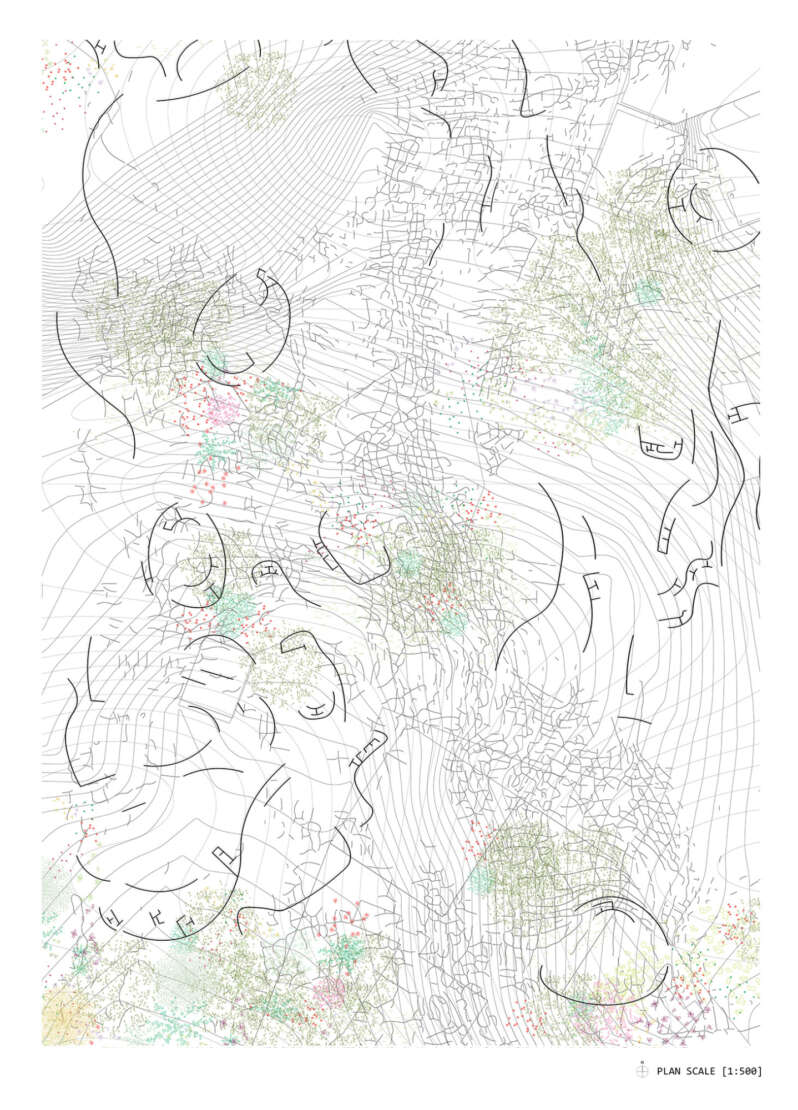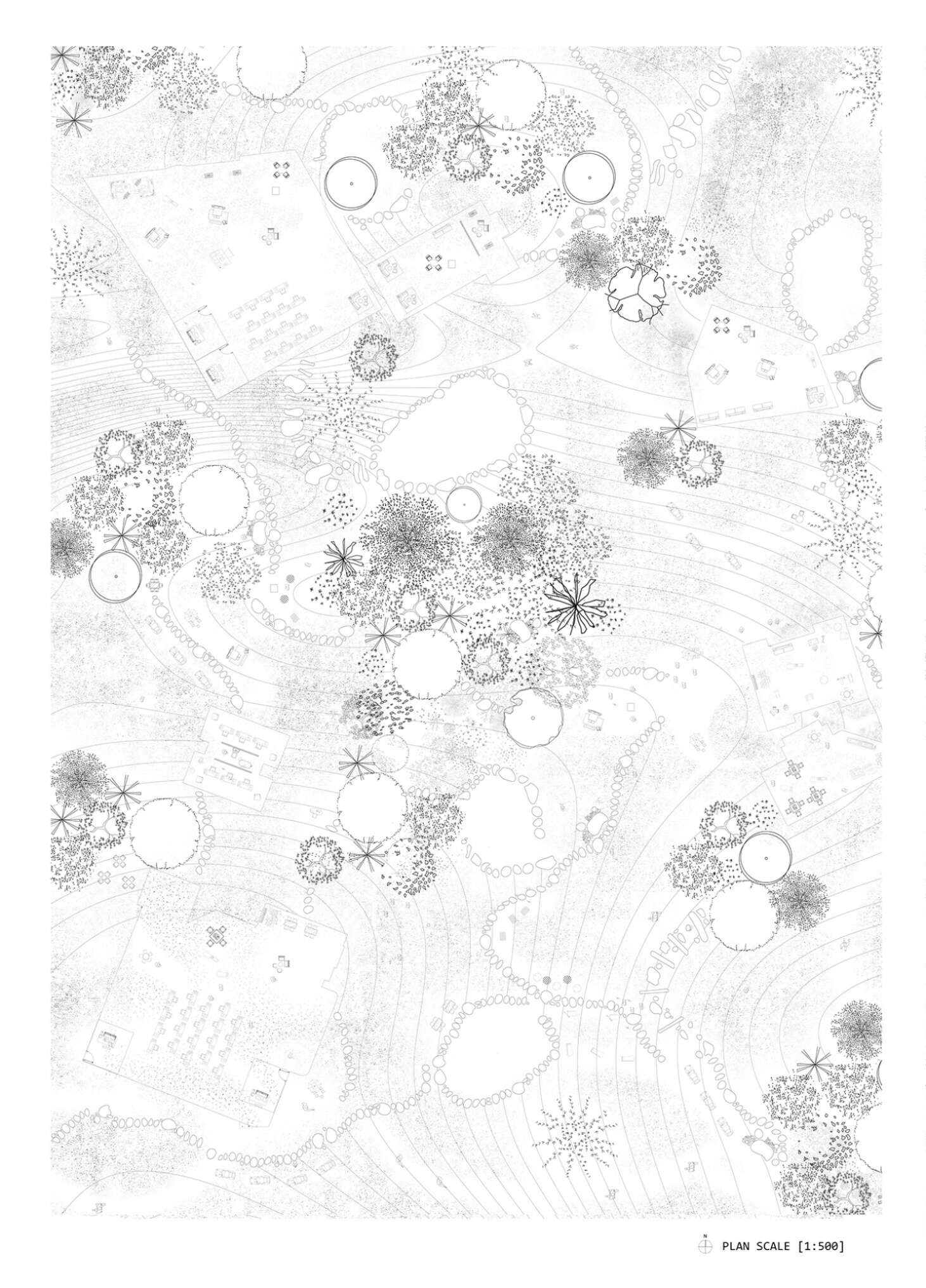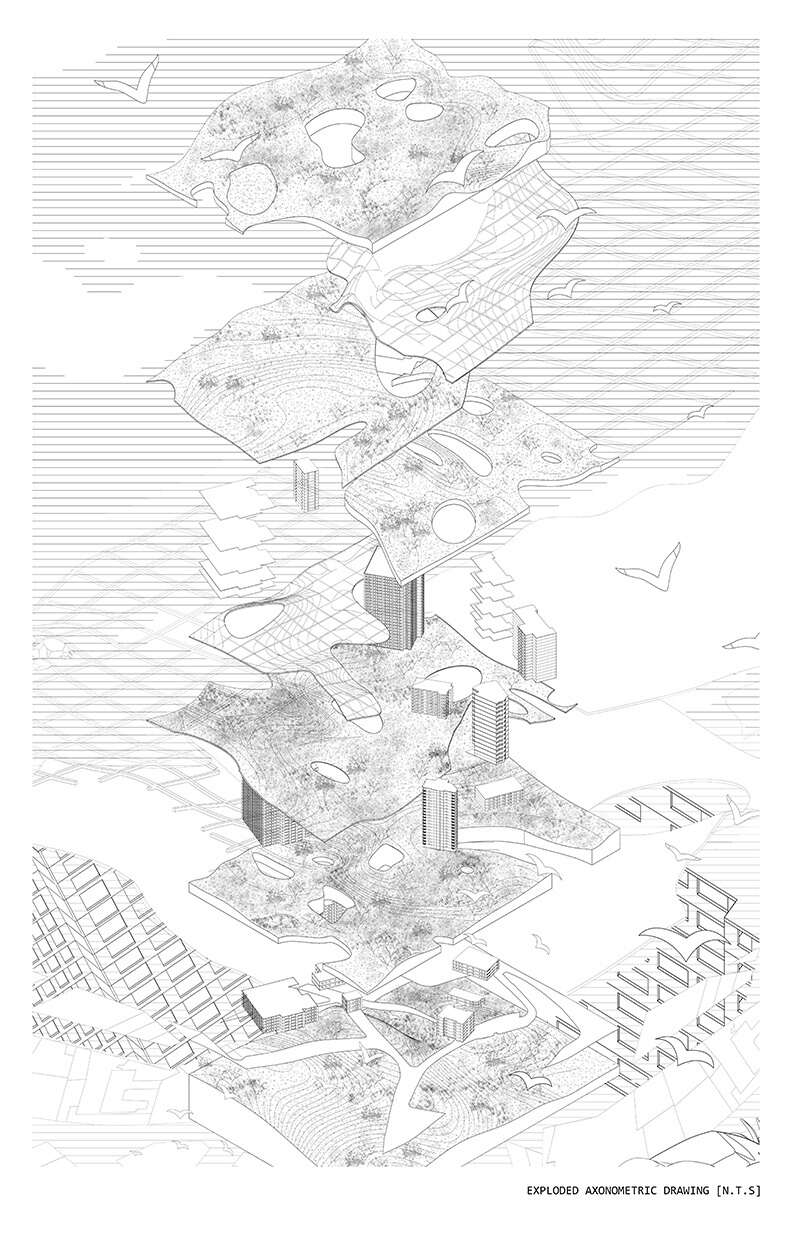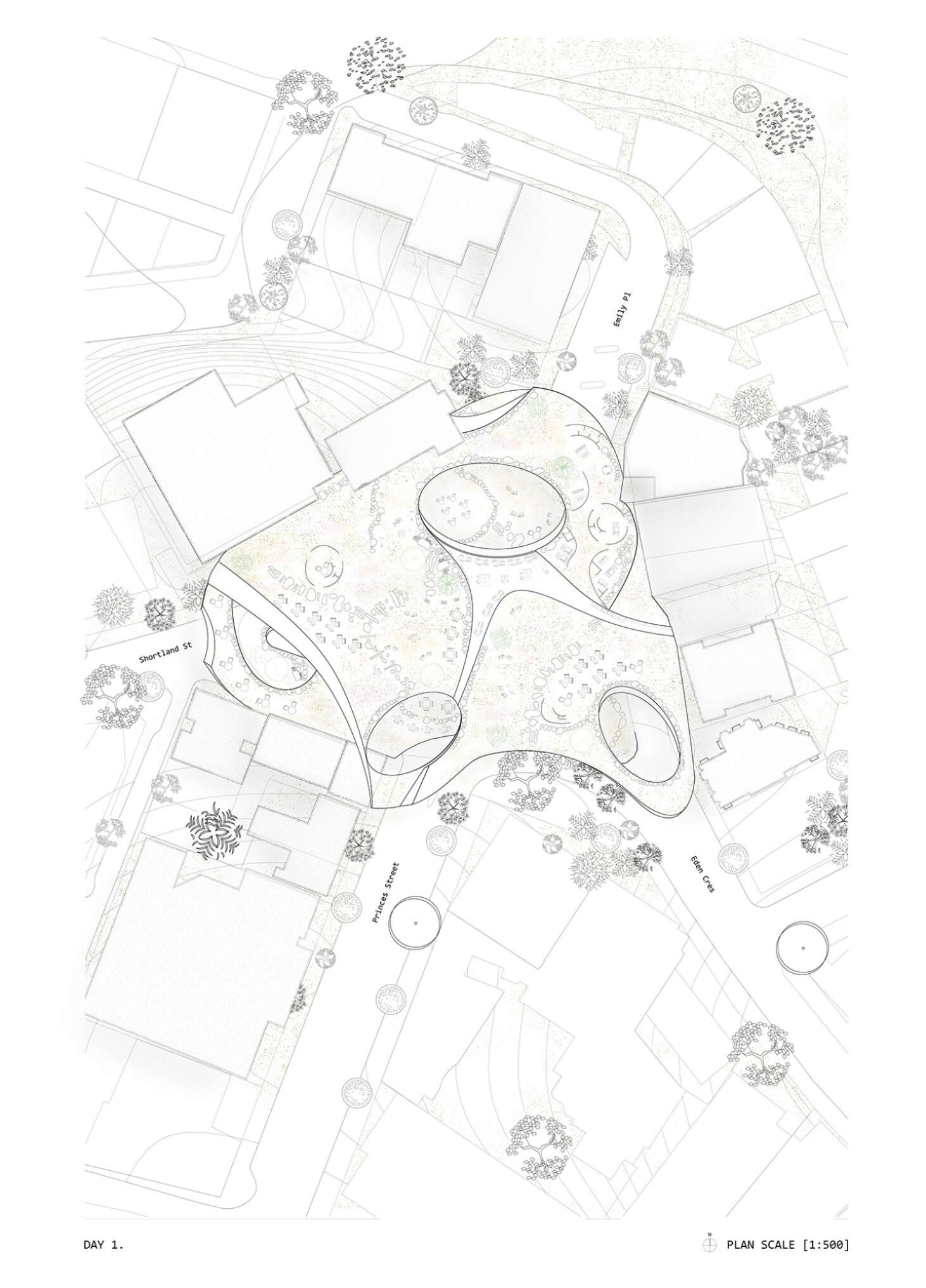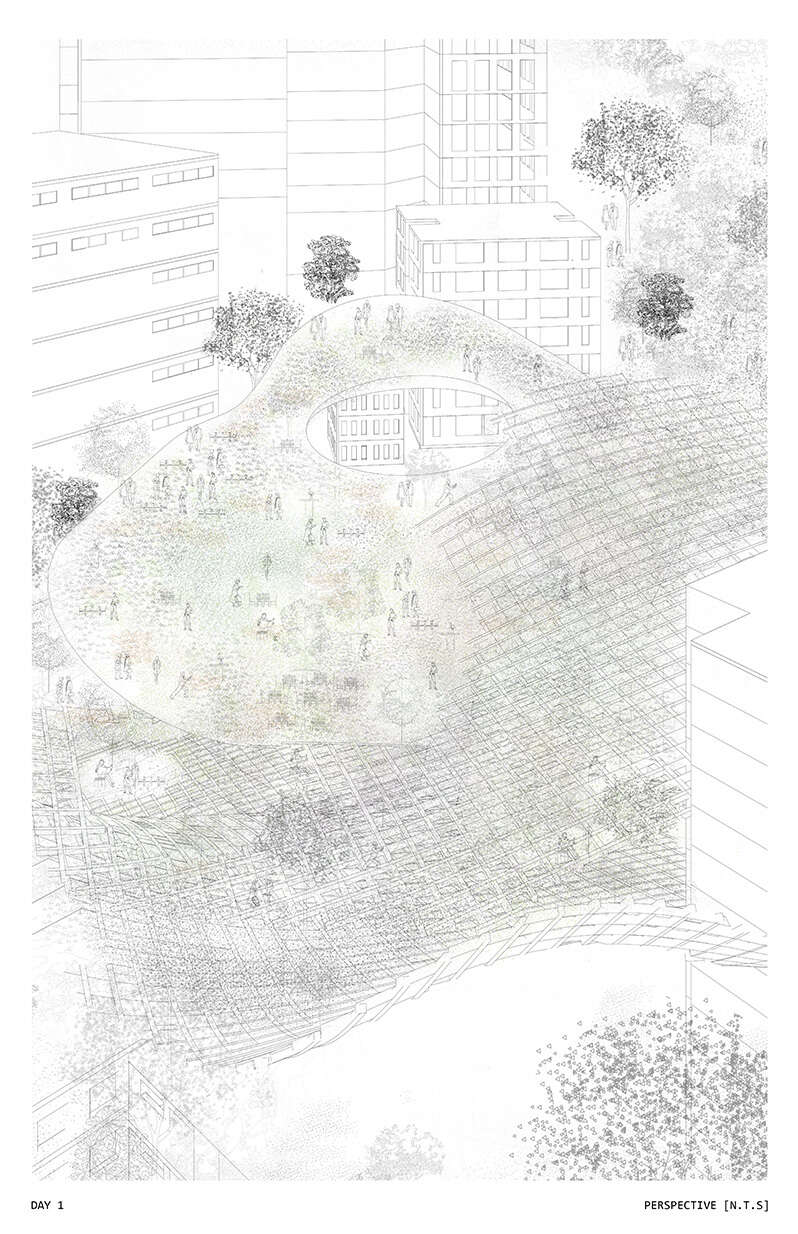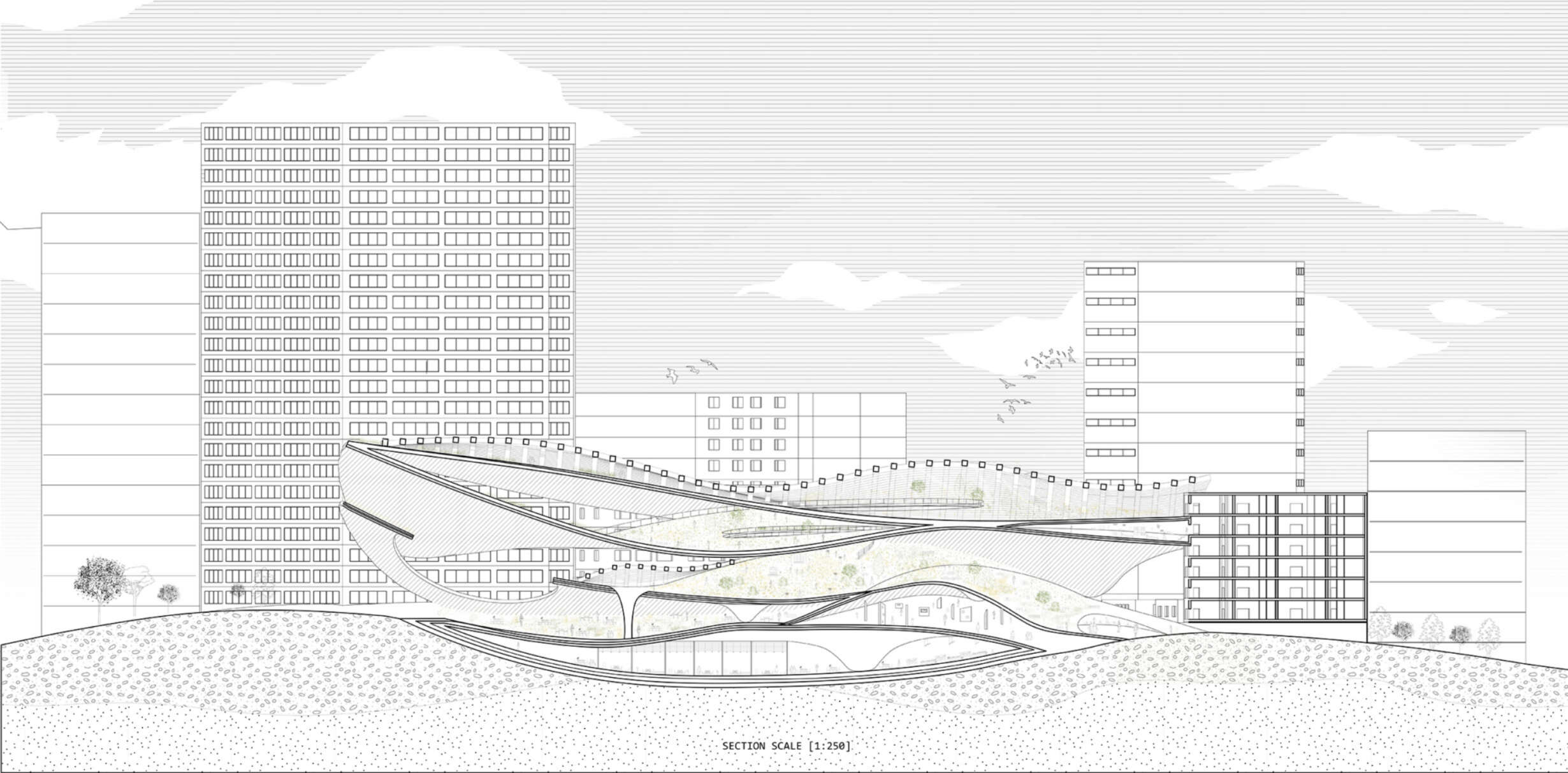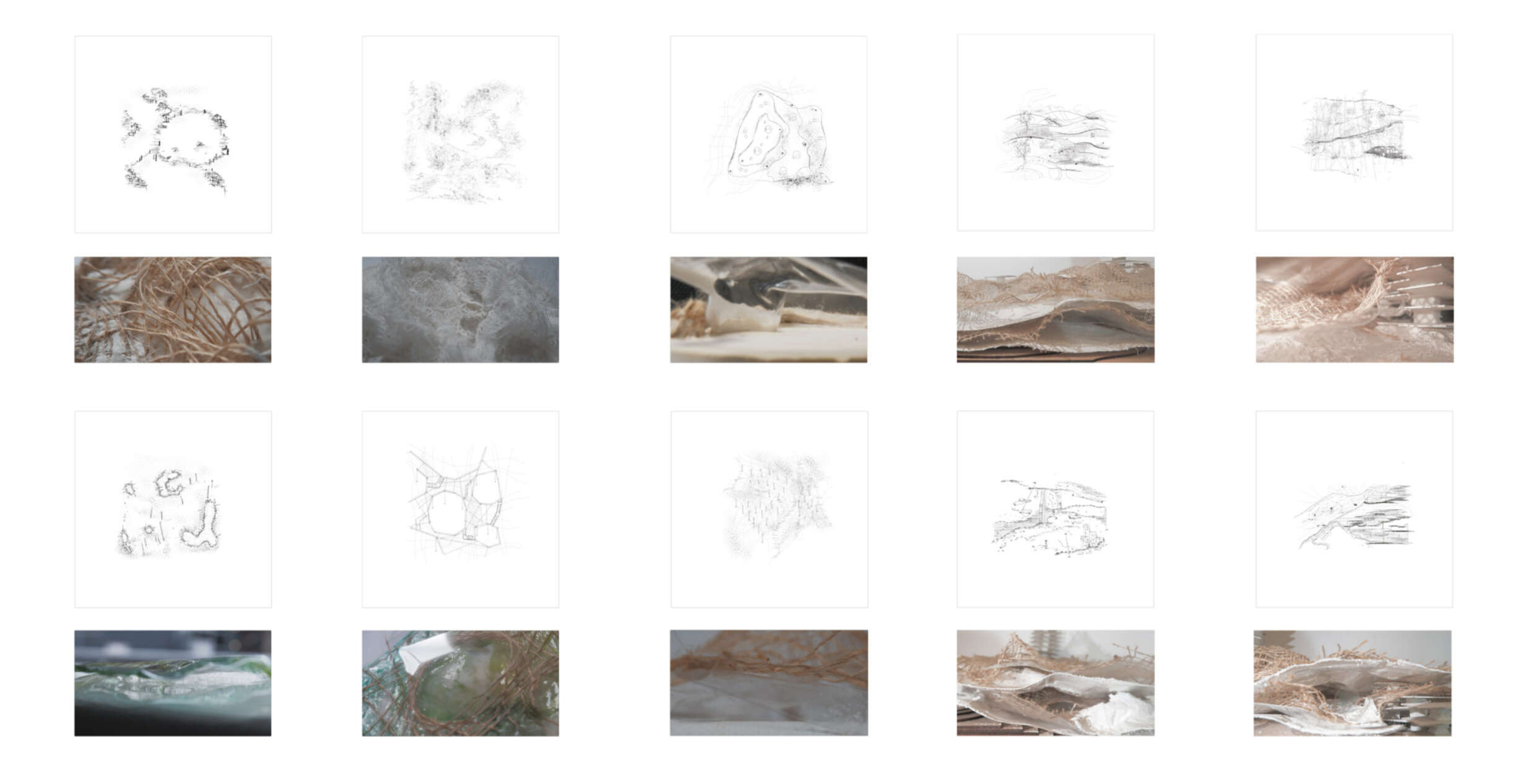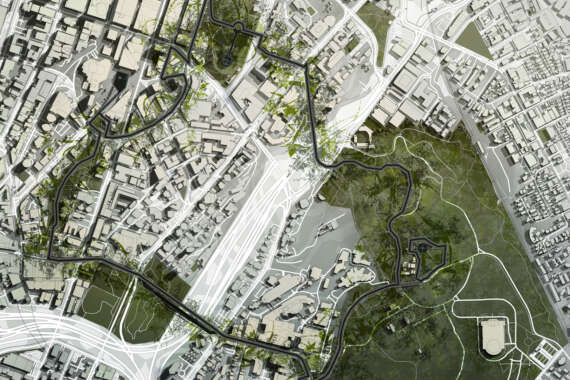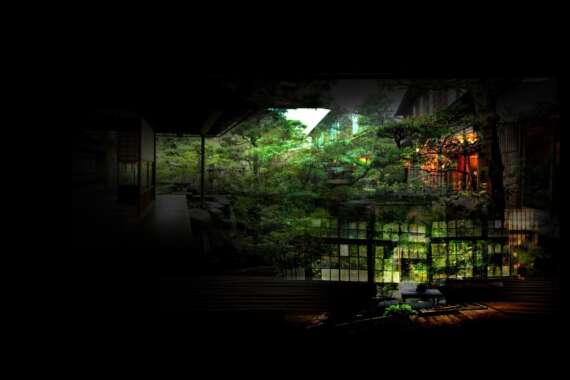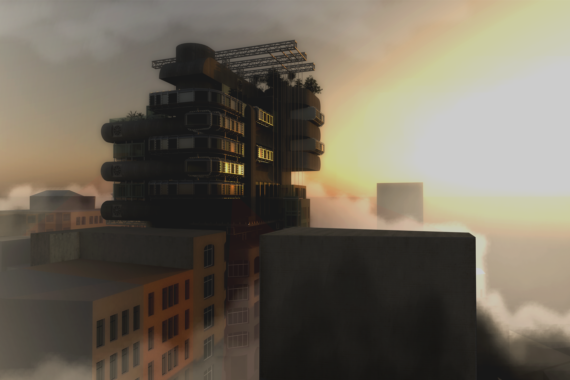Forming Ambiguity
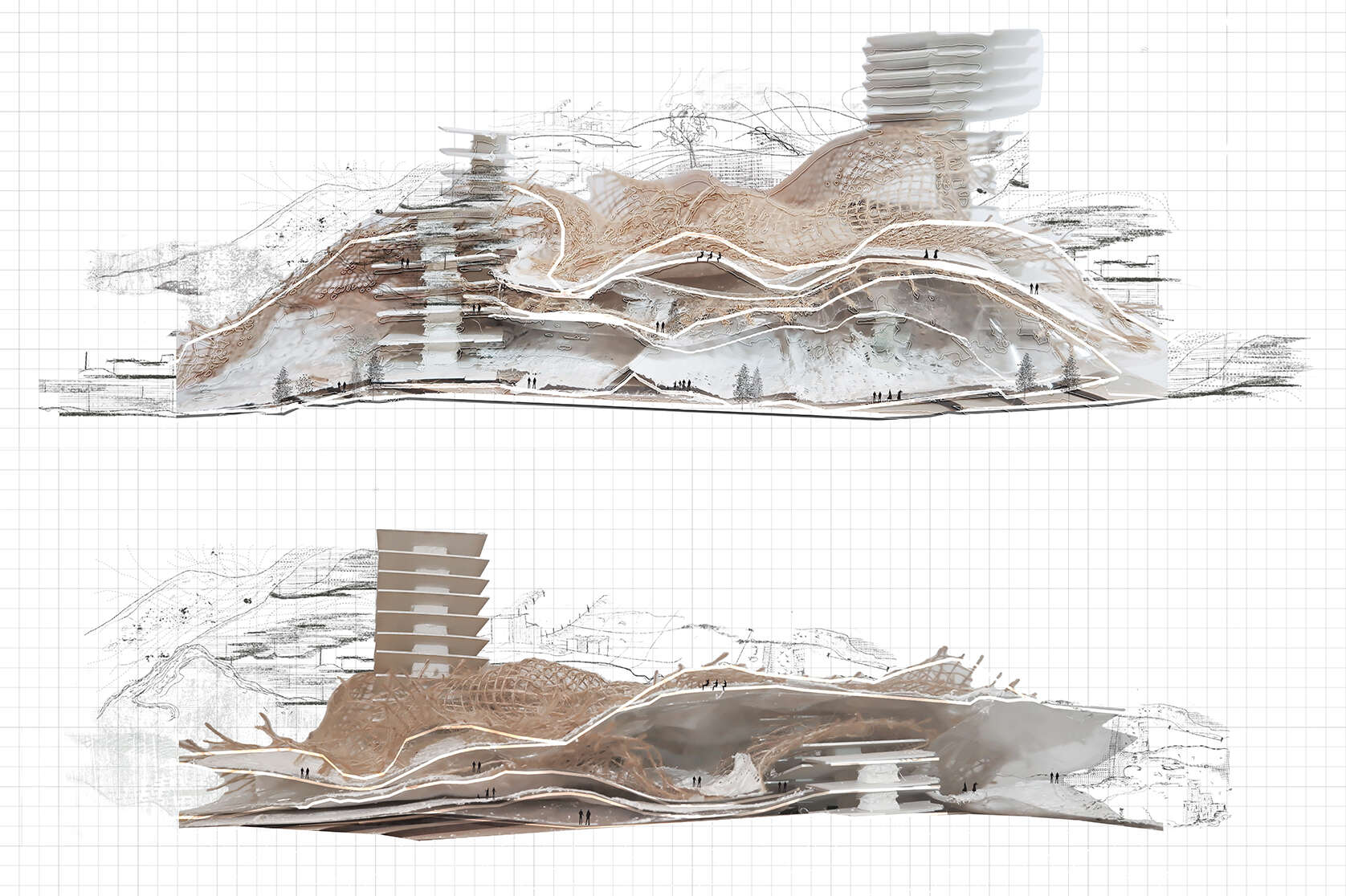
“We shape clay into a pot. But it is the emptiness inside that holds whatever we want.” – Laozi, Tao Te Ching.
The thesis questions if the principle of ambiguity can play an active role as a principle in adapting to the evolving conditions of urban architecture, examining the Western architectural theory of form and function, as represented by architect Louis Sullivan, in tandem with traditional Taoist philosophy and cultural aesthetics from East Asia. Through comparative investigations into the contemporary Japanese architecture methodology of ambiguousness, the thesis seeks to raise opportunities for architectural creation.








